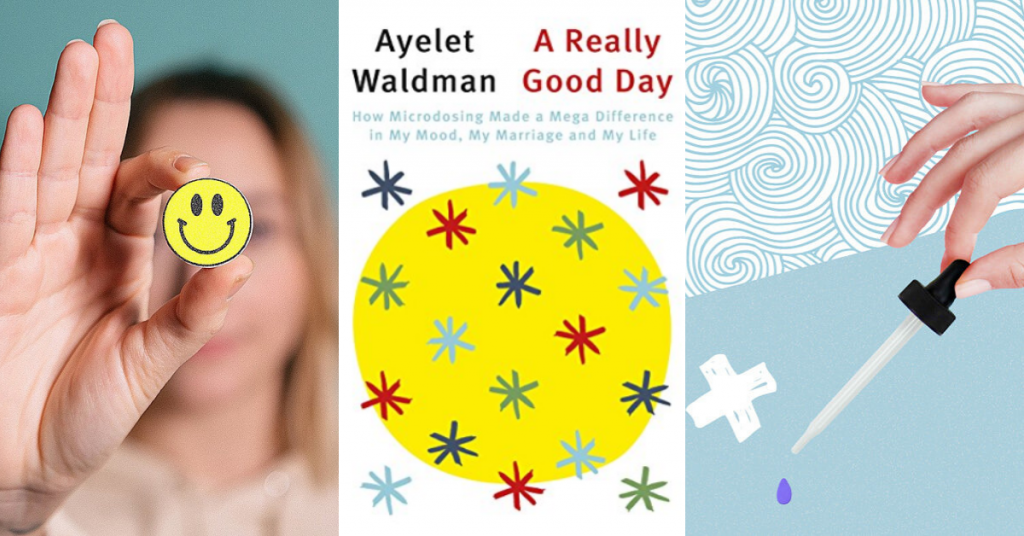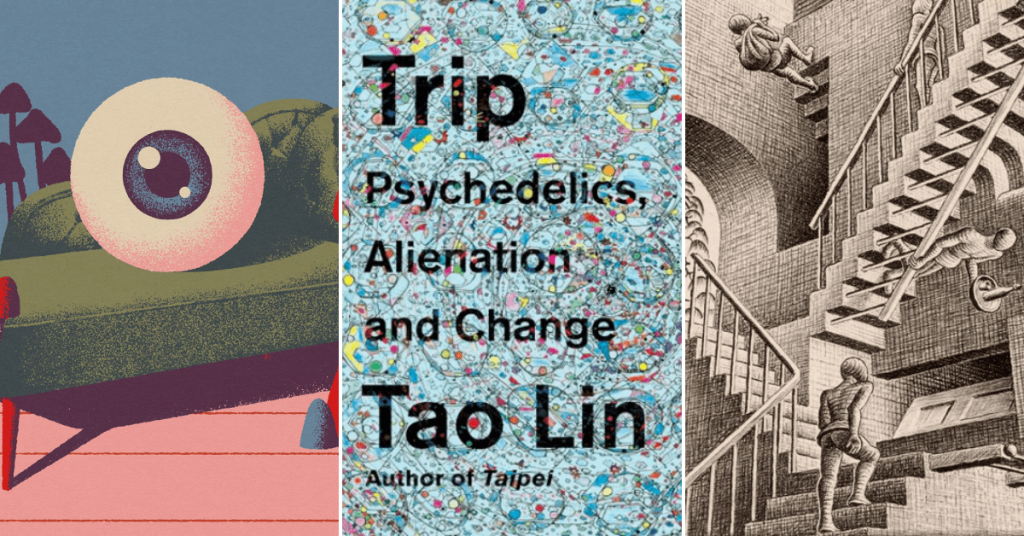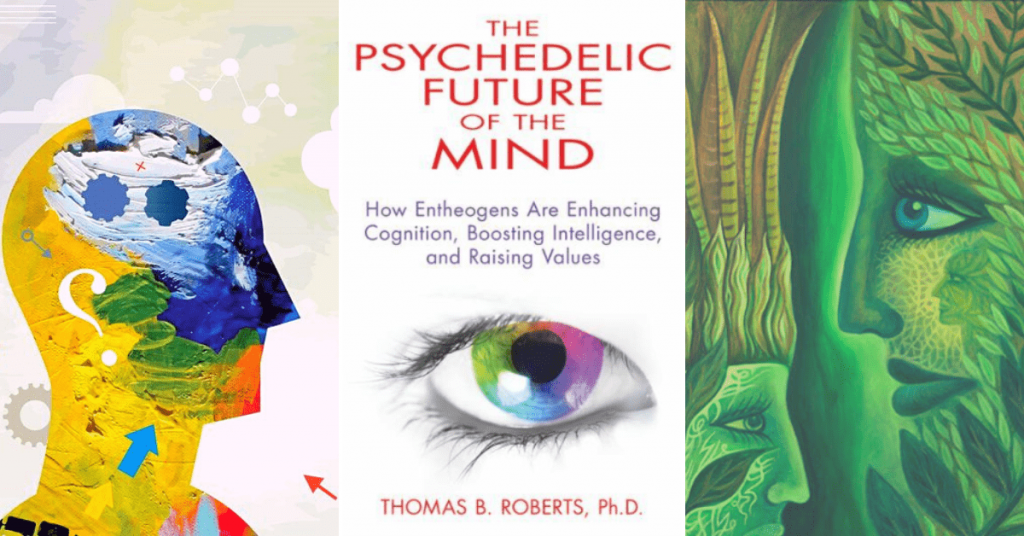Adapting one’s attitudes and behaviors to group norms is essential for successful social interaction and, thus, participation in society. Yet, despite its importance for societal and individual functioning, the underlying neuropharmacology is poorly understood. We therefore investigated its neurochemical and neural correlates in a pharmacological functional magnetic resonance imaging study. Lysergic acid diethylamide (LSD) has been shown to alter social processing and therefore provides the unique opportunity to investigate the role of the 5-HT
2A receptor in social influence processing. Twenty-four healthy human volunteers received either (1) placebo + placebo, (2) placebo + LSD (100 µg), or (3) the 5-HT
2A receptor antagonist ketanserin (40 mg) + LSD (100 µg) at three different occasions in a double-blind, randomized, counterbalanced, cross-over design. LSD increases social adaptation but only if the opinions of others are similar to the individual’s own. These increases were associated with increased activity in the medial prefrontal cortex while participants received social feedback. Furthermore, pretreatment with the 5-HT
2A antagonist ketanserin fully blocked LSD-induced changes during feedback processing, indicating a key role of the 5-HT
2A system in social feedback processing. Our results highlight the crucial role of the 5-HT-system in social influence and, thus, provide important insight into the neuropharmacological basis of social cognition and behavior.
Duerler, P., Schilbach, L., Stämpfli, P., Vollenweider, F. X., & Preller, K. H. (2020). LSD-induced increases in social adaptation to opinions similar to one’s own are associated with stimulation of serotonin receptors.
Scientific reports,
10(1), 1-11., https://doi.org/10.1038/s41598-020-68899-y
Link to full text






